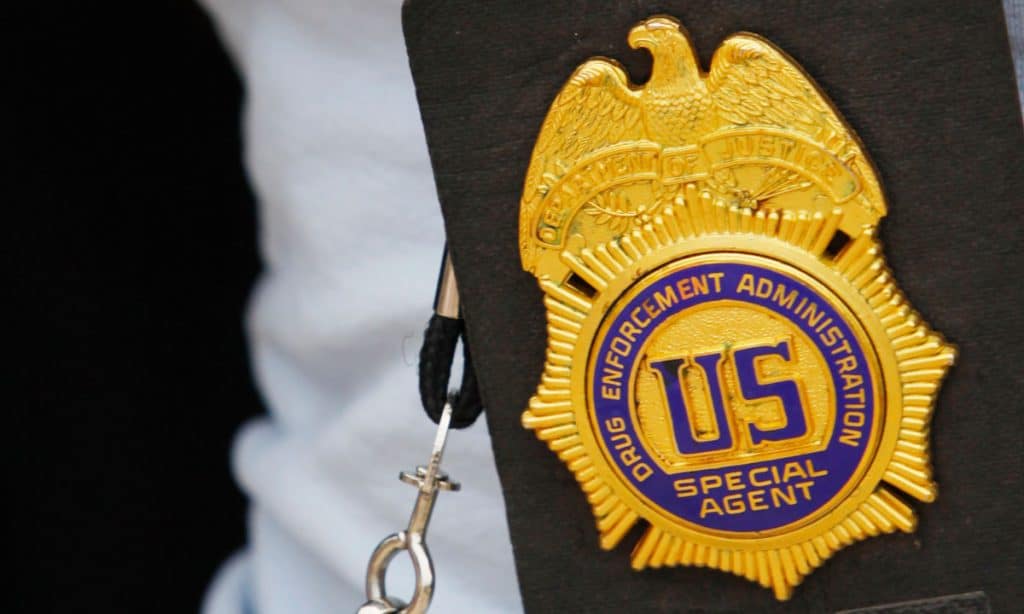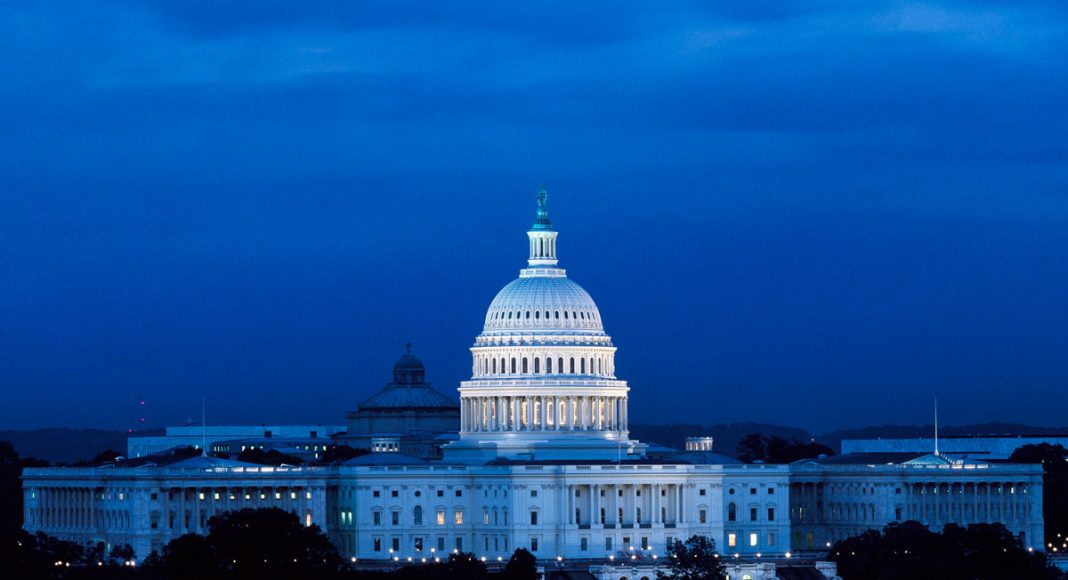While it’s true that marijuana is a Schedule I drug under the DEA’s Controlled Substances Act, this listing has more to do with the plant’s medicinal value and potential for abuse than anything else.
The federal government continues to classify marijuana under the same category as some of the most dangerous drugs in the world. This attitude, of course, irks the cannabis and scientific communities since it has been shown time and again that weed does not cause the same type of harm as a powerful opioid that kills thousands of people in the United States every year.
But no matter how many chances Uncle Sam has been given to change this ranking — and he has been given a few — the outcome is always the same. Anything marijuana-related just isn’t getting off that list.
So in 2020, does the federal government really still believe that marijuana is as dangerous as harder drugs?
Well, not really.
While it’s true that marijuana is a Schedule I drug under the DEA’s Controlled Substances Act (CSA), this listing has more to do with the plant’s medicinal value and potential for abuse than anything else. It simply means federal health agencies have determined that weed has “no known medical value” and “a high potential for abuse.” Since it is not clear in the CSA what constitutes abuse, health agencies basically look at a drug to see if it can be used recreationally, and then assess whether it could somehow cause problems for the individual and the rest of society.
RELATED: America Can Probably Forget About Federal Marijuana Legalization Anytime Soon
Determining whether weed has medicinal value is another story. To make that determination, the U.S. Food and Drug Administration (FDA) would require extensive clinical trials the same as any other drug. Essentially, some drug company would have to say that they believe their cannabis strain does something, like cure cancer, and then get permission to generate evidence to support the claim.
The approval process takes several years and costs an average of $19 million, according to a study from Johns Hopkins Bloomberg School of Public Health. If they were successful, however, their “medicine” could be moved to a lower Schedule by the DEA and subsequently distributed nationwide.

So far, only GW Pharmaceuticals has been bold enough to take that risk. The company received FDA-approval a couple of years ago for its cannabis-based drug Epidiolex, which is used exclusively to treat children with two rare forms of epilepsy. Although the drug is made from the cannabis plant, the DEA has since ranked it a Schedule V. This allows it to be prescribed by a doctor and sold in pharmacies all across the nation. But it can only be prescribed to patients with epilepsy.
So, even if a scientist at GW Pharma miraculously discovered that Epidiolex might have the power to cure cancer, the company would still have to go through more extensive clinical trials to prove it. That’s just how the federal government’s drug approval process works. It would be forced to invest several more years and millions more dollars researching the drug for this purpose.
RELATED: Reality Check: What The Feds Get Wrong About Marijuana
But just because marijuana and heroin are classified Schedule I doesn’t mean that the federal government actually believes the two drugs are equally as dangerous. Even the DEA admits that is not the case. Former DEA head Chuck Rosenberg said a few years back that “heroin is clearly more dangerous than marijuana.” It’s just that no one has come forward yet with enough definitive evidence on the healing powers of cannabis to get it moved to a lower classification.
Once again, that evidence needs to come in the form of large-scale clinical trials. All of the studies we have so far showing cannabis to be a safe and effective drug (for whatever reason) isn’t on a scale grand enough to warrant much attention from the likes of federal health officials.
Until that changes, marijuana is likely going to remain a Schedule I drug. The best bet in getting it removed from that list is for the federal government to end marijuana prohibition nationwide and allow it to be used recreationally, similar to alcohol and tobacco. As difficult as this may be, it would be leaps and bounds easier than trying to convince health agencies that weed is medicine.


